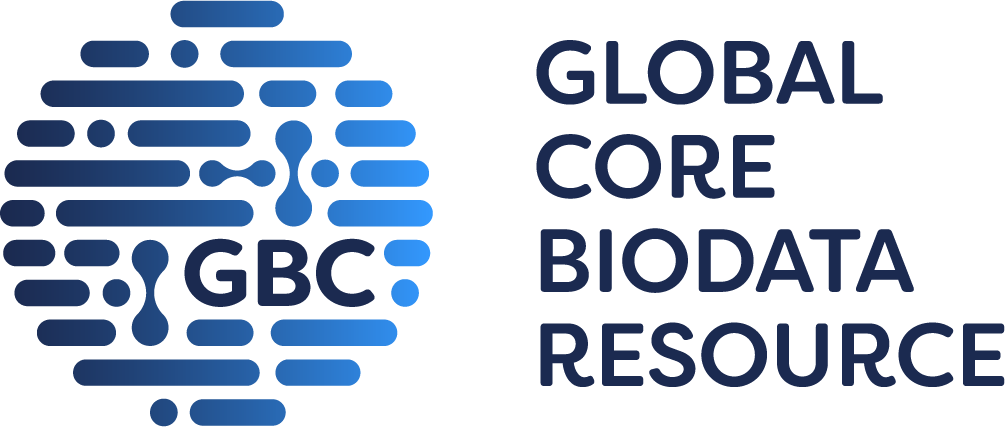growth/size/body
|
• an enlarged heart is observed in postmortem analysis
|
|
• an enlarged gall bladder is observed in postmortem analysis
|
|
• transgenic mice are noticeably smaller than wild-type controls
|
|
• at P14-P24, body weight is significantly lower than in wild-type controls
|
|
• transgenic mice fail to thrive
• when sub-lethally irradiated B6SJL mice (CD45.1) are reconstituted with 100% transgenic (CD45.2) bone marrow (BM) cells, BM chimeras fail to gain weight in the 6 weeks after BM cell reconstitution
|
reproductive system
infertility
(
J:345920
)
|
• mice do not breed
|
endocrine/exocrine glands
small thymus
(
J:345920
)
|
• a small thymus is observed in postmortem analysis
|
|
• an enlarged gall bladder is observed in postmortem analysis
|
immune system
|
• chimeras reconstituted with 100% transgenic BM cells show augmented neutrophil development with an unexpected population of Ly6GintSiglecFlo cells detected in the bone marrow
• however, transgenic mice show no defects in myeloid development, as determined by colony forming unit analysis
|
small thymus
(
J:345920
)
|
• a small thymus is observed in postmortem analysis
|
|
• chimeras reconstituted with 100% transgenic (CD45.2) bone marrow (BM) cells for at least 6 weeks exhibit enhanced neutrophil infiltration to peripheral tissues with a significant increase in total lung and splenic neutrophil number relative to controls reconstituted with 100% C57BL/6 (CD45.2) BM cells
• however, chimeras reconstituted with transgenic BM cells show no major changes in the total number of eosinophils and CD4+ T cells in lung and spleen or CD4+ T cells and group 2 innate lymphoid cells (ILC2s) in mesenteric lymph nodes
|
|
• when sub-lethally irradiated B6SJL mice (CD45.1) are reconstituted with 100% transgenic (CD45.2) BM cells for at least 6 weeks, BM chimeras exhibit lung inflammation with increased neutrophil infiltration relative to controls reconstituted with 100% C57BL/6 (CD45.2) BM cells
|
hematopoietic system
|
• chimeras reconstituted with 100% transgenic BM cells show augmented neutrophil development with an unexpected population of Ly6GintSiglecFlo cells detected in the bone marrow
• however, transgenic mice show no defects in myeloid development, as determined by colony forming unit analysis
|
small thymus
(
J:345920
)
|
• a small thymus is observed in postmortem analysis
|
|
• chimeras reconstituted with 100% transgenic (CD45.2) bone marrow (BM) cells for at least 6 weeks exhibit enhanced neutrophil infiltration to peripheral tissues with a significant increase in total lung and splenic neutrophil number relative to controls reconstituted with 100% C57BL/6 (CD45.2) BM cells
• however, chimeras reconstituted with transgenic BM cells show no major changes in the total number of eosinophils and CD4+ T cells in lung and spleen or CD4+ T cells and group 2 innate lymphoid cells (ILC2s) in mesenteric lymph nodes
|
cardiovascular system
|
• an enlarged heart is observed in postmortem analysis
|
liver/biliary system
|
• an enlarged gall bladder is observed in postmortem analysis
|
respiratory system
|
• when sub-lethally irradiated B6SJL mice (CD45.1) are reconstituted with 100% transgenic (CD45.2) BM cells for at least 6 weeks, BM chimeras exhibit lung inflammation with increased neutrophil infiltration relative to controls reconstituted with 100% C57BL/6 (CD45.2) BM cells
|
cellular
|
• chimeras reconstituted with 100% transgenic BM cells show augmented neutrophil development with an unexpected population of Ly6GintSiglecFlo cells detected in the bone marrow
• however, transgenic mice show no defects in myeloid development, as determined by colony forming unit analysis
|



 Analysis Tools
Analysis Tools